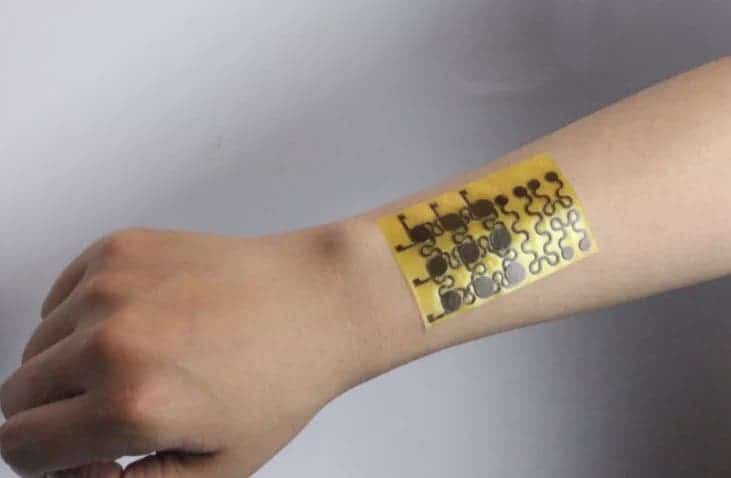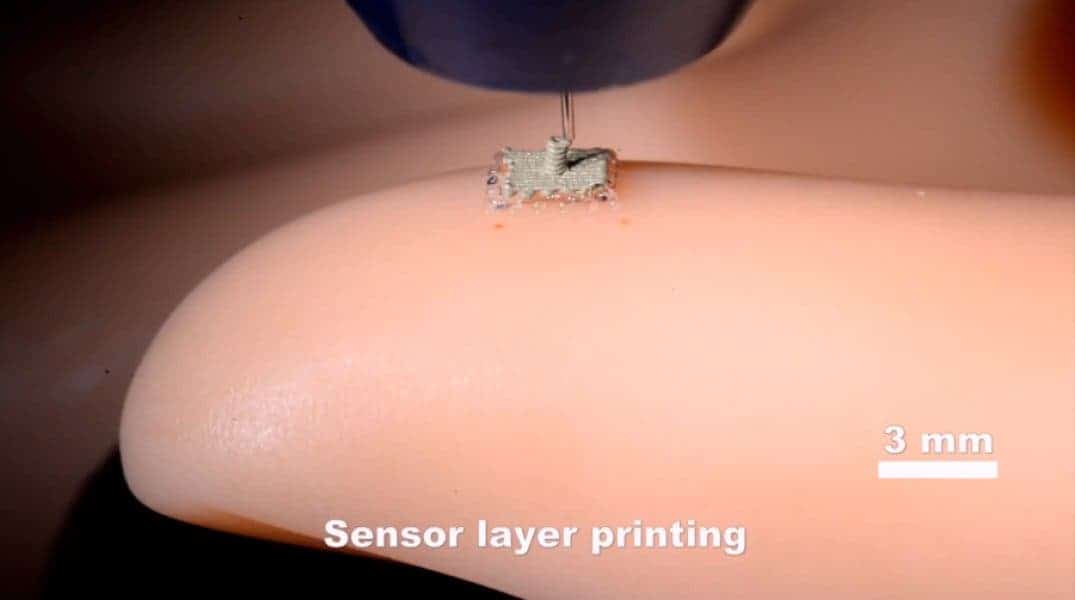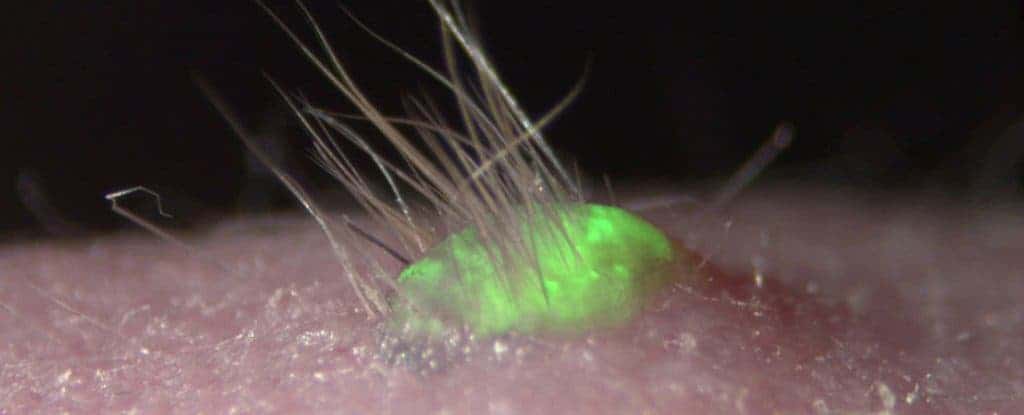Artificial skin is a pretty intense line of research nowadays. These stretchable sensors can relay sensation of touch, humidity or temperature to the wearer — say, an amputee who now uses a thought-controlled prosthetic arm — or make robots more humane in interactions. The major drawback is that these are prohibitively expensive. And since it’s skin we’re talking about, we’d need more of it than just a couple of square inches demonstrated in labs so far. Inspired to ‘make tomorrow now’, an industrious team of Saudi researchers baffled everyone by demonstrating an artificial skin made with household items. Not only more versatile than anything we’ve seen so far, this paper skin is actually better in some respects like pressure and temperature sensing. It goes without saying that this is dirt cheap, too.
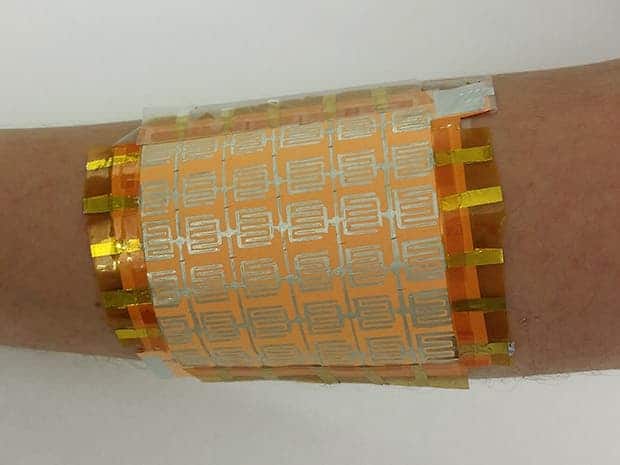
”Its impact is beyond low cost: simplicity,” says Muhammad Mustafa Hussain, an electrical engineer at King Abdullah University of Science and Technology (KAUST) in Saudi Arabia . “My vision is to make electronics simple to understand and easy to assemble so that ordinary people can participate in innovation.”
To make their so-called ‘paper skin’, the Saudi researchers used readily available items like sticky notes, aluminium foil, tape or napkins. It might sound like the premise for a simple home-made science experiment, not cutting edge research. You’d be surprised of the results though. Astonishingly, the setup made with these materials can measure pressure, touch, proximity, temperature, humidity, flow, and pH levels. All at the same time, and for just $1.67.
Hussain and colleagues built a pressure sensor by sandwiching a sponge between two aluminium foils which served as the metal contacts. A napkin can be used instead of the sponge, too.
A pH sensor was made by drawing a film with a pencil. Graphite — the stuff pencil lead is made of — chemically reacts with acid or basic substances causing a predictable change in the film’s resistance.
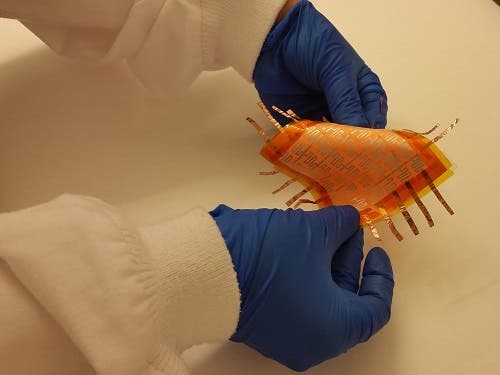
The Post-it Notes detect humidity based on the paper’s measured ability to absorb water, which changes capacitance. To round everything off, adhesive tape was used to keep every sensor in place.
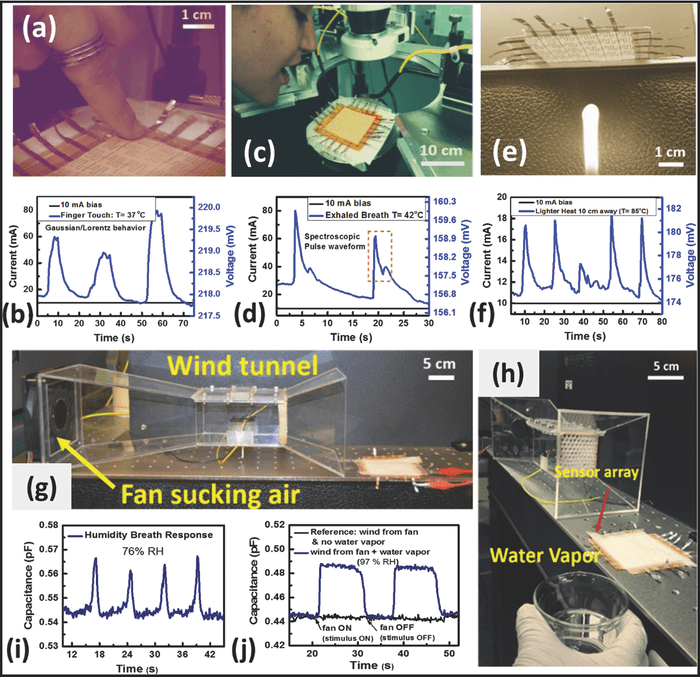
Lab testing with the paper skin showed that its results seemed on par with other artificial skin devices made of more exotic materials, says Joanna Nassar, an electrical engineer at KAUST and lead author on the study. In some cases, it outperformed many rival artificial skin devices.
“Compared with the sophisticated and complex artificial skin platforms found in the literature, Paper Skin not only provides the most functionalities on one platform, including 13-cm range proximity sensing, but also displays improved sensing performances over the highly expensive counterpart materials,” said Nassar.
Maybe not that surprising, the establishment did not look at this with favoring eyes. Hussain says he found it difficult to get his papers accepted, IEEE Spectrum reports. Eventually, he got the results published in Advanced Materials Technologies.
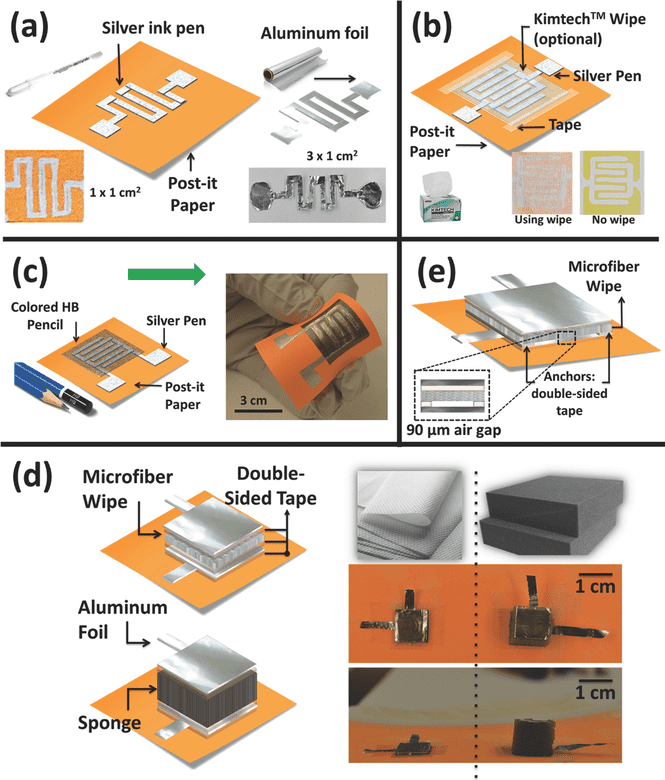
If Hussain is right, why hasn’t any other lab thought of this before? It may be that we’ve overfocused on the next big thing, be it carbon nanotubes, graphene or quantum computers that we fail to recognize the (maybe low-tech) solution to our needs standing right in front of us.
“Why should we be waiting for decades for an exotic material to be qualified to serve as the key for an application which we can benefit from today?” Hussain says. “Start with what we have and improve the status quo with the new material(s) when ready.”
